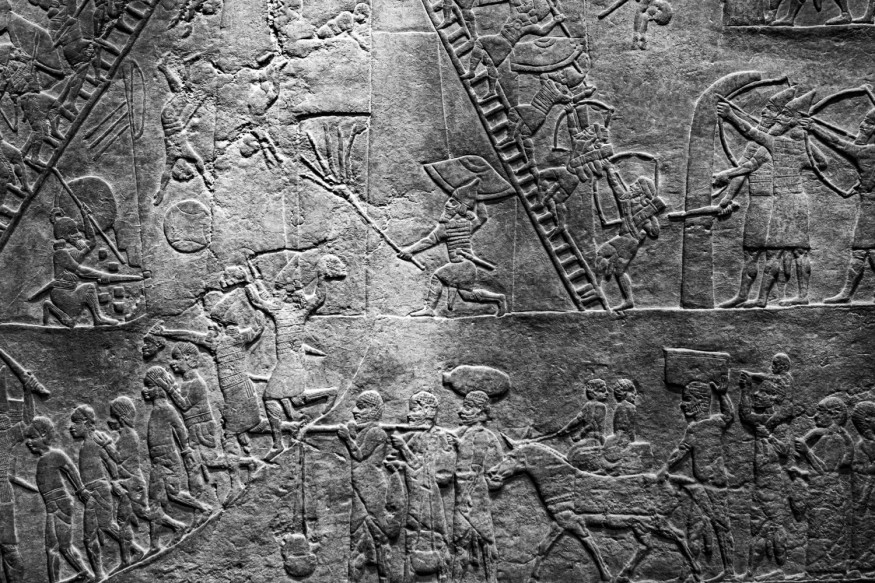
Archaeologists were able to uncover ancient murals of two-faced figures gripping unusual treasures-which include a goblet that hummingbirds drink from-at a 1,400-year-old site, Pañamarca, in Peru.
Ancient Murals of Two-faced Men Spotted in Peruvian Archaeological Site
Live Science reports that the two intricate murals adorn a singular pillar inside a ceremonial hall of Pañamarca. In one particular mural, which can be found close to the pillar's top, there is the sight of a two-faced man, with each face looking to the left and right, using one hand to hold a feather fan and using the other to carry a goblet that four hummingbirds are drinking from. Another two-faced man can be spotted at the lower portion of the pillar. One hand carries a moving feather fan while the other holds a partly preserved object that is similar to a stick. The archaeologists say that the artists behind the murals may have been trying to see how movement can be depicted.
The two men wear a crown or headdress, colorful clothing with intricate patterns, and a big belt.
Archaeologists uncovered these ancient murals in August 2022.
1,400-year-old mural of 2-faced men unearthed in Peru may allude to 'cosmic realms' https://t.co/iYj9zksjPg
— Live Science (@LiveScience) March 16, 2023
Moche Culture
According to Heritage Daily, the murals were spotted in a ceremonial hall that is linked to the prehistoric Moche culture. This culture is a prehistoric Andean civilization on Peru's northern coast that was at its peak from 100 to 800 A.D.
Ancient Origins reports that the culture was acknowledged for its exquisite pottery which features people, animals, and scenes of daily life. People from this culture were also skilled workers with metals and came up with fine jewelry made of silver and gold.
They also built huge temples, made fine artwork, and had human sacrifices. People from this period lived before the incorporation of a writing system across Peru.
As per Live Science, the specific murals were drawn between 550 and 800 A.D. While the two men could have been referred to as deities, this is still uncertain. According to Lisa Trever, one of the team leaders and an associate professor of pre-Columbian art history and archaeology at Columbia University, deity images in Moche art typically incorporate non-human aspects. These may include the wings, tails, faces, or fangs of different creatures. Aside from their two-faced characteristics, these murals appeared fully human.
Why Were the Men Two-Faced?
Edward Swenson, the director of the Archaeology Center at the University of Toronto, who did not participate in the research but has extensively studied Moche culture, says that these findings are significant. Swenson mentions that these discoveries will undoubtedly aid art and archaeological efforts to remake religious narratives and cosmological meanings in the iconography of the Moche Culture.
Swenson says that one possible reason for the two-faced figures is that they may have symbolized a mortal being wearing a mask. This, in turn, may have served as an impersonation or a link with the supernatural.
Live Science notes that the hummingbirds drinking from the goblet are also a vital detail. It could signify a link between deities and mortals. Swenson interprets this symbol as a strong invocation of how important sacrifice is to the worldview of the Moche culture. Sacrifice was a vital mechanism executed to make sure that life-giving fluids were circulating between humans and cosmic realms.
Further fieldwork at the archaeological site will continue this year.
Check out more news and information on Archaeology in Science Times.










